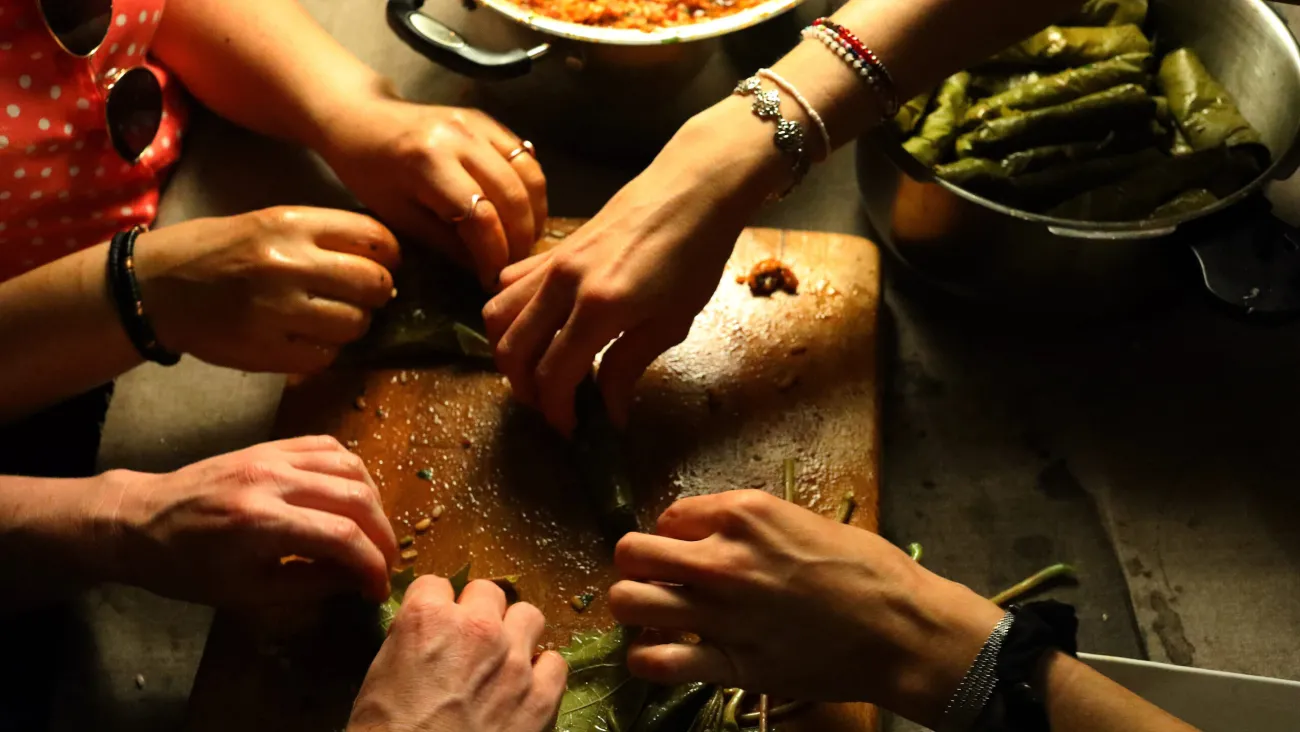
A thought-provoking public conference, "Reimagining Colonial Heritage: Environmental Impact and Cultural Response," took place in Larnaca, Cyprus, on January 24th, 2025, bringing together a diverse panel of speakers and artists to delve into the complex and often overlooked connections between colonial legacies and environmental stewardship. The event fostered a crucial dialogue on how historical power dynamics continue to shape our ecological landscape and how contemporary artistic practices can offer pathways for understanding and response.
The conference, featured insightful presentations from leading figures in cultural development and environmental research. Clymene Christoforou, Co-Director of D6:EU, drew upon her extensive experience in international cultural programs to advocate for the central role of art and culture in public discourse and sustainable development. She highlighted the potential of creative practices to bridge divides and inform more equitable and environmentally conscious decision-making.
Dr. Maria Hadjimichael from the Cyprus Marine and Maritime Institute provided a critical lens through her work on marine and coastal governance and blue degrowth. Her contribution likely shed light on how colonial exploitation of resources has had lasting impacts on marine ecosystems and emphasized the urgent need to understand ecological limits in the pursuit of economic growth within the "blue economy."
Argyro Toumazou, also Co-Director of D6:EU, shared her rich experience in socially engaged cultural activities and multi-communal art initiatives. Her work with community gardens and reforestation projects offered tangible examples of how local, collaborative efforts can address environmental challenges rooted in historical contexts. Toumazou also likely discussed her advocacy for the visual arts community in Cyprus and its role in shaping cultural narratives around environmental issues.
A significant portion of the conference was dedicated to an artists' panel discussion, chaired by Andrea Carter of D6:EU. This session provided a platform for artists involved in the "Contested Desires" project to share their perspectives on how colonial heritage informs their creative practices and their engagement with environmental concerns.
Sümer Erek, a multidisciplinary artist with a lived experience of displacement, presented his work, which often explores themes of trauma and longing for new futures. His contribution likely examined how colonial legacies have contributed to environmental displacement and the psychological impact of disrupted landscapes.
Andreas Mallouris, whose artistic practice spans sculpture, painting, and performance, explored the relationship between the body, history, and queer politics. His perspective likely offered a nuanced understanding of how power structures embedded in colonial history intersect with environmental exploitation and impact marginalized communities.
Amaia Molinet, a photographic and site-specific installation artist, presented her work exploring territory, borders, belonging, and historical memory. Her contribution to "Contested Desires" focused on the introduction of non-human species as a direct consequence of postcolonial practices, using examples of invasive species brought back from colonized territories.
Rocío Paz Guerrero Marín, whose practice emphasizes sharing and listening through objects and social practice, discussed her residency in Portugal, where she engaged with natural history collections to develop narratives amplifying marginalized voices and fostering a deeper understanding of environmental colonialism.
The "Reimagining Colonial Heritage" conference in Larnaca served as a crucial meeting point for critical discussion and artistic exploration. By bringing together researchers, cultural practitioners, and artists, the event illuminated the enduring connections between colonial history and environmental challenges. The diverse perspectives shared offered valuable insights into how we can critically engage with the past to foster more just and sustainable futures. The artistic interventions showcased the power of creative expression to unpack complex historical layers and inspire new ways of understanding our relationship with the environment.
